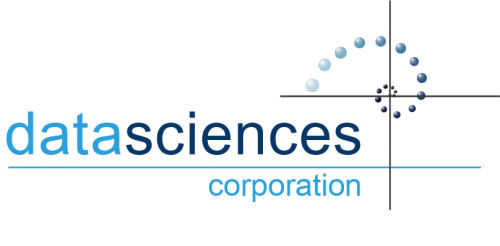The problems surrounding rightsizing in cloud computing might have you feeling confused. This blog will help you to make sense of the Rightsizing solution & the advantages of cloud computing.
What is rightsizing in cloud computing?
There are lots of cloud service providers all over the world, and finding a good one is not a problem. Nowadays, the bigger challenge is to request the right amount of resources, ensuring that it is enough to handle the variable load without overpaying for the unused resources. This operation is more tricky than you can assume at first glance.
“Rightsizing is a process of reserving the cloud computing instances (containers, VMs, or bare metal) with enough resources (RAM, CPU, storage, network) to achieve a sufficient performance at the lowest cost possible.” – Ruslan Synytsky ~ Jelastic
Modern technologies can assist by automating resource allocation and its cost assessments. This means that you don’t need to guess how much resources should be reserved. Historically, the rightsizing process was an educated guess which relied on the experience of the developer or system administrator. Due to the dynamic nature of the web applications, rightsizing is often a continuous procedure with periodic adjustments.
Understanding Rightsizing Problem in Cloud Computing
The importance of choosing the correct size of the instances for your applications
For most organisations, the reason is money. Cloud computing resources are costly, so the aim is to minimise infrastructure-related spending as much as possible. However, if savings on the resources cause performance issues or even downtime, then the business will sacrifice profit. Manoeuvring between optimising spends and keeping performance at an acceptable level is the problem that the rightsizing process intends to solve.
The dynamic and unpredictable nature of the load, which depends on the end-users’ activity on your website, service or application, makes it difficult to find the golden mean that covers all cases. Resource usage estimation is done based on the monitoring of the recent application activity, and some margin is added to handle unexpected user influx and load spikes.
After the initial rightsizing, you still need to keep tracking your application performance to ensure that prediction is correct and resources are utilised efficiently. This means that, both the deficit and significant amount of idling resources, indicate a non-optimal choice of the cloud infrastructure size.
Technical and Business Consequences
Why is the problem of right-sizing so hard to solve?
Cloud computing is delivered in the form of virtual machines (VMs). VMs are not very flexible in terms of vertical scaling. Often, you’ll need to move your workload to a completely new VM to adjust the available resource limit within a single instance. The migration process is not automated. It is time-consuming, and can cause downtime. You are often forced to get a bigger VM, to suit your needs.
The vertical scaling step for virtual machines at many cloud service providers is rather big (every new machine is twice larger than the previous). The pricing policy is directly tied to the size of the ordered VM regardless of the real consumption. In addition, some cloud vendors can oversell your allocated, but idle, resources to other customers. This means that you are paying for resources but not protected from performance degradation.
To sum up, the lack of right-sizing has two main consequences:
- Overallocation leads to inefficient utilization of the cloud infrastructure and overpayment for resources that are not actually used; and
- Under-allocation results in resource shortage that causes performance issues or even downtime of the hosted projects, and thus leads to poor end-user experience, loss in number of clients and revenue losses.
Rightsizing Solution and the advantages of cloud computing
Let us analyse how to find the solution to the rightsizing problem and find that sweet spot between overallocation and resource shortage. Manual rightsizing is not a fool proof solution. So, we are going to rely on the tools offered by modern cloud hosting providers to automate the process.
Here are features you should aim for in order to automate the rightsizing of your project instances:
- First of all, the cloud hosting should be able to run containers with granular resource allocation. The smaller the resource increase step the better, as it allows choosing the required instance size more precisely.
- Look for modern cloud infrastructure, where unused resources are returned to the shared pool and thus are not charged. Such an approach (so-called pay-per-use) allows to set high scaling limits and handle load spikes without constant overpayment.
- Automatic vertical scaling (adjusting the number of resources within the same container on the fly) can help you to save a lot of time and effort. Dynamic resource provisioning based on the application needs is the must-have feature for solving the right-sizing problem in the best possible way.
With a cloud hosting provider that meets these requirements, you’ll just need to set a maximum resource limit for your instance, and the rightsizing “magic” will be done automatically. Thorough investigation of the market while looking for the cloud provider that suits your needs is definitely worth your time. And don’t hesitate to request new technological and business solutions from your current hosting service providers, as the functionality to overcome the right-sizing problem is already available, and you have a full right to benefit from it.
If you want a better option for your organisation’s needs with full flexibility and freedom of choice with turnkey PaaS for developers, then look no further than OXIDE PaaS, powered by Jelastic, which is brought to you by Data Sciences Corporation.



